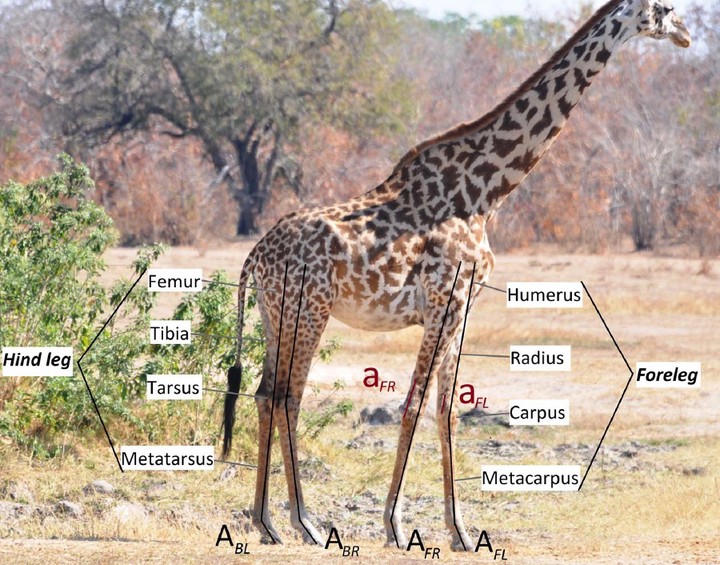Quantifying the Severity of Giraffe Skin Disease via Photogrammetry Analysis of Camera Trap Data

Abstract
Developing techniques to quantify the spread and severity of diseases afflicting wildlife populations is important for disease ecology, animal ecology, and conservation. Giraffes (Giraffa camelopardalis) are in the midst of a dramatic decline, but it is not known whether disease is playing an important role in the broad-scale population reductions. A skin disorder referred to as giraffe skin disease (GSD) was recorded in 1995 in one giraffe population in Uganda. Since then, GSD has been detected in 13 populations in seven African countries, but good descriptions of the severity of this disease are not available. We photogrammetrically analyzed camera trap images from both Ruaha and Serengeti National parks in Tanzania to quantify GSD severity. Giraffe skin disease afflicts the limbs of giraffes in Tanzania, and we quantified severity by measuring the vertical length of the GSD lesion in relation to the total leg length. Applying the Jenks natural breaks algorithm to the lesion proportions that we derived, we classified individual giraffes into disease categories (none, mild, moderate, and severe). Scaling up to the population level, we predicted the proportion of the Ruaha and Serengeti giraffe populations with mild, moderate, and severe GSD. This study serves to demonstrate that camera traps presented an informative platform for examinations of skin disease ecology.